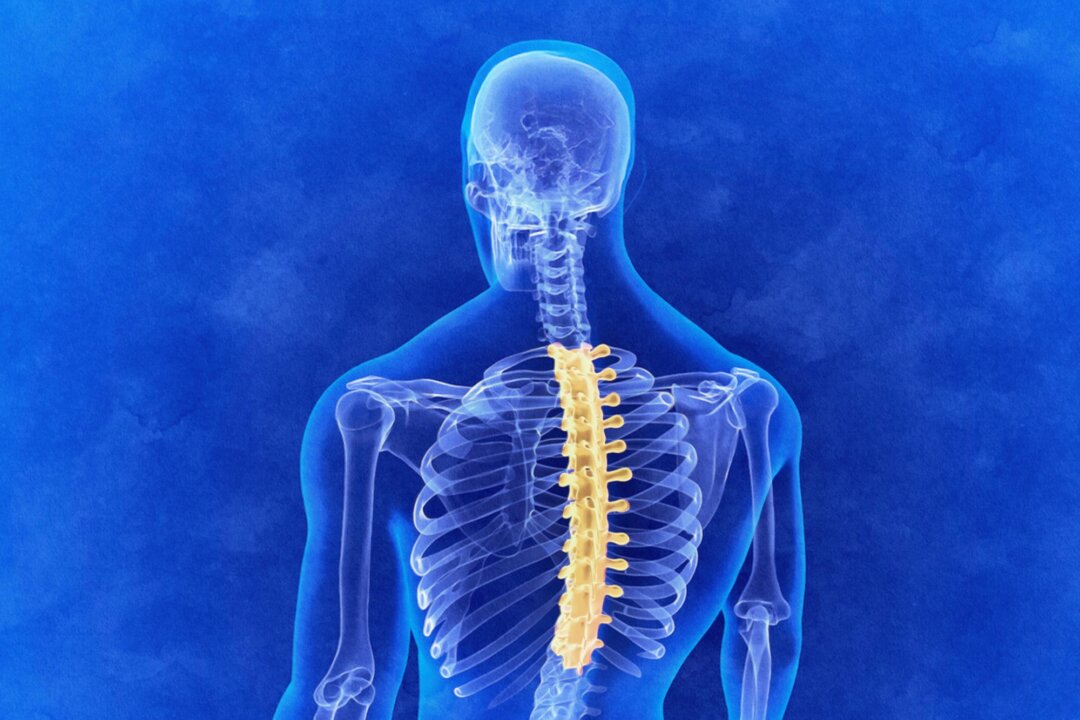Many individuals experience breathlessness during physical activities like climbing stairs, but the underlying cause may not be related to the lungs or heart. Recent insights suggest that a misalignment in the thoracic spine could significantly impact overall health, potentially leading to symptoms such as palpitations and a persistent cough. The thoracic spine, which houses the sympathetic nervous system, plays a crucial role in connecting various internal organs, including those in the respiratory and cardiovascular systems.
Understanding Thoracic Spine Misalignment
Misalignment of the thoracic spine can involve one or several vertebrae. The stability of the thoracic spine is influenced by the rib cage, meaning that when misalignments occur, they often involve multiple vertebrae shifting together. A prevalent condition associated with this misalignment is C-shaped scoliosis, where the spine curves laterally in a continuous “C” shape. This condition typically affects the thoracic region, leading to uneven posture and changes in shoulder height.
The impact of thoracic spine misalignment can extend beyond physical appearance. Health experts note that such misalignments may contribute to dysfunction in the respiratory, cardiovascular, digestive, endocrine, and urinary systems. Consequently, individuals may experience symptoms that seem unrelated to spinal health, such as shortness of breath or irregular heartbeats.
Exercises to Address Thoracic Spine Issues
To alleviate these symptoms, a series of targeted exercises can help improve thoracic spine alignment. Here are three effective exercises recommended by physiotherapists:
1. **Thoracic Extension Stretch**: This exercise helps to open up the thoracic spine. Start by sitting on a chair with your back straight. Place your hands behind your head and gently arch your upper back, lifting your chest toward the ceiling. Hold for 5-10 seconds and repeat several times. This movement encourages proper alignment and flexibility.
2. **Cat-Cow Stretch**: A common yoga pose that promotes spinal mobility, the Cat-Cow Stretch can enhance thoracic spine function. Begin on your hands and knees. Inhale as you arch your back, lifting your head and tailbone (Cow position), and exhale as you round your spine, tucking your chin and tailbone (Cat position). Repeat this sequence for a minute, focusing on slow, controlled movements.
3. **Wall Angels**: This exercise strengthens the muscles that support the thoracic spine. Stand with your back against a wall, feet a few inches away. Raise your arms to form a “W” shape with elbows bent, pressing your arms against the wall. Slowly slide your arms up to form a “Y” shape, keeping your arms in contact with the wall. Return to the starting position and repeat several times.
Incorporating these exercises into daily routines can promote better thoracic spine alignment and possibly alleviate symptoms such as palpitations and cough.
As awareness of the thoracic spine’s role in overall health increases, more individuals may find relief through simple yet effective exercises. Consulting with health professionals can provide additional guidance tailored to individual needs, ensuring a holistic approach to addressing both spinal health and its broader implications.
